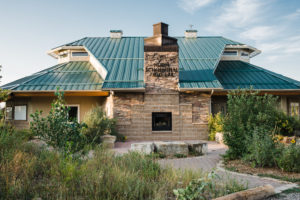

Come and experience a uniquely condensed Eastern MT landscape. During the course of this landscape’s rehabilitation, the goal was to create and support a landscape that would serve as a localized representation of ecosystems found in Eastern Montana for placed-based education, conservation, environmental research, and citizen science efforts. Through diligent nurturing and countless hours of volunteer effort, our landscape offers visitors a chance to view the amazing diversity of Eastern Montana. Don’t have time to travel all over the eastern half of Montana? Take a stroll through our property just outside the city limits instead!
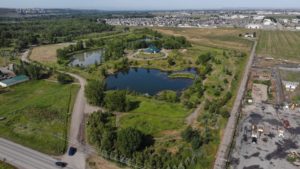
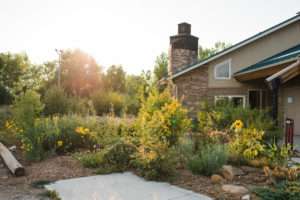
A quick walk around our site shows you:
Juniper/Sagebrush (Pryor’s),
Aspen/Spruce (Montaine ecosystems),
Ponderosa Pine forests (local forests),
Intermediate Tall grass prairie (eastern plains),
Northern Oak Savanna ( Eastern MT into the Dakotas),
riparian ecosystems, and various native plant and pollinator gardens.
Our location within the floodplain of the Yellowstone River has provided us with the challenge of helping to maintain these ecosystem examples. Especially since most of them typically wouldn’t occur naturally in this area. Thankfully this challenge is met with the dedication of staff, program participants, and volunteers who invest time and effort into the management of these areas. We are constantly planting, growing, harvesting and transplanting new plants to continue the work started back in 1998.
.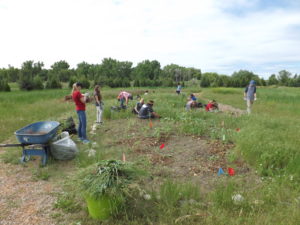
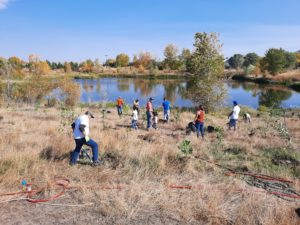
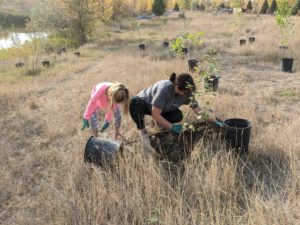 .
.
When YRPA purchased the original 24 acres from the gravel mine company, the first goal was to begin shaping the land. The topography was totally changed from its original cottonwood forest habitat, with a large central pit remaining flooded with groundwater year round. All that remained of the original vegetation was hardy grasses, weeds and shrubs that thrived in the newly disturbed area. To build what YRPA had in their mind, lots of earth needed to be moved. With loaders and skid steers, old mine spoils were used to create three separate water bodies (now know as Wills Marsh, Deep Mill and Shallow Mill) and two high points (Pryor Hill and Moosewood Hill). Extra dirt was spread over the remainder of the land to cover the inhospitable river rocks and create the growth medium needed for the next step.
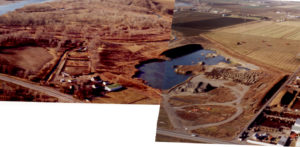
For 20 + years, volunteers from YRPA, local colleges and schools, scout groups, and any and all community volunteers spent innumerable hours growing and planting trees, shrubs and grasses. The minds behind YRPA had estimated that many of their plantings wouldn’t survive, but mother nature seemed to be on their side, and an impermeable wall of nature was created. Large mature groves of junipers and cottonwoods now stand guard to block the howling wind that so often moves along the river. The mature overstory helped to protect not only the students, but also the developing understory. Sumacs, gooseberries and chokecherries soon arose and now provide fruits for people and animals alike!
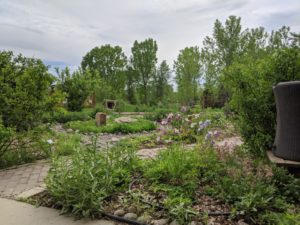
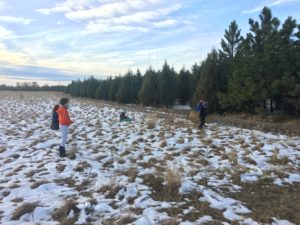
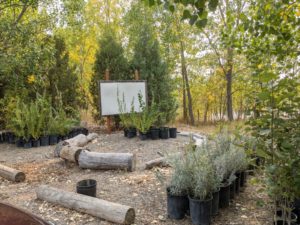 .
.
After a decade of development and nature education, YRPA began putting together plans for a building that would serve as a more permanent home for nature education development. The building was designed to accommodate the fact that environmental science is a dirty business, and so the Norm Schoenthal Field Lab was born! Drains in the floor, wide doors, and learning space galore, the field lab became the hub of the burgeoning nature education movement in Billings. This was not the end of YRPA’s work here on site. An osprey platform was erected, bluebird houses were installed, fish were stocked in the ponds, and still the plantings continued! A partnership with the city of Billings and YRPA allowed for the shared management of the land directly adjacent to the original 24acres, expanding the influence of land conservation to 54 acres. A wonderful mixed grass prairie was created, and is now home to historical grass species that were once plentiful across the plains, and a true gem of an oak landscape was established. Bur Oaks are native to the farthest corners of South Eastern Montana, but provide us a wonderful opportunity to study another ecosystem.
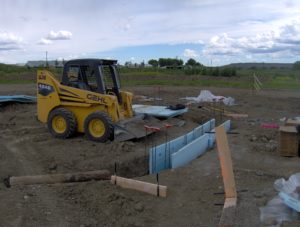
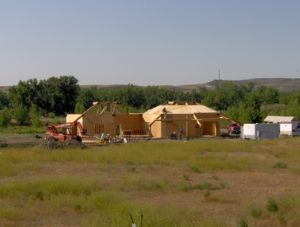
The love and labor of the past 20 + years has created the amazing landscape that we know and love today. We are forever grateful for those that came before us, who planted trees in whose shade they would never rest in.
